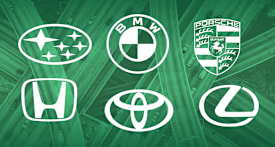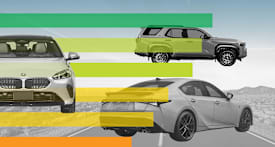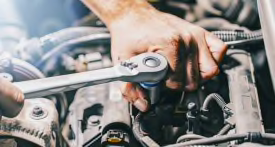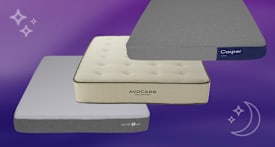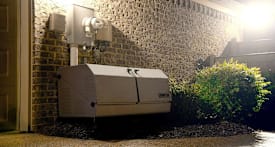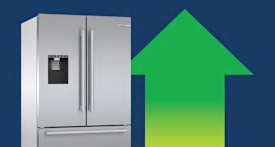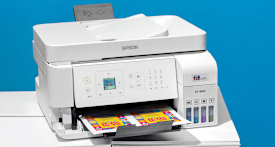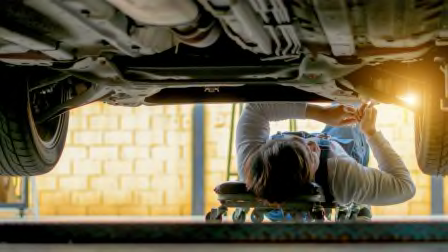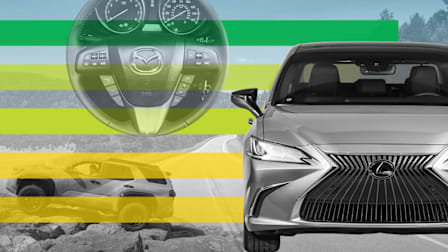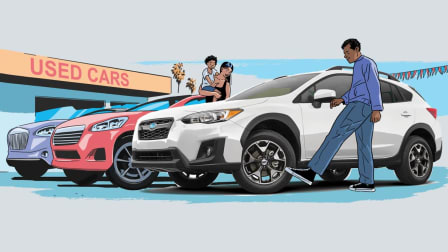Best High-Mileage Used Cars and How to Find Them
The 100,000-Mile Club: These are good used cars and SUVs that can have plenty of life left even with six figures on the odometer
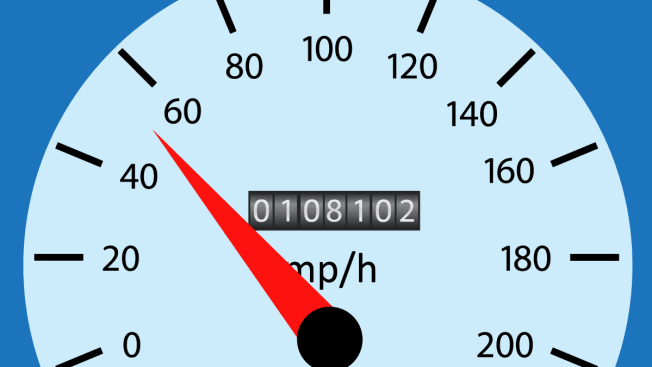
Used-car prices are coming down, with the average price being about $26,000, according to CoPilot, an AI-assisted car shopping app. That is still a premium price. To find lower prices, cost-conscious consumers need to consider older and/or high-mileage cars. Buying a car with years of wear and tear may seem risky, but CR’s experts say that there’s probably plenty of life left after 100,000 miles and that cars can regularly get to 200,000 miles and beyond.
What to Keep in Mind When Researching High-Mileage Cars
Choose a model known for reliability and low repair costs. Any car with more than 100,000 miles is going to be out of warranty and possibly in need of big-ticket maintenance items or repairs. But buying a car with a good reliability record and low maintenance and repair costs can help keep these expenses to a minimum.
Keep your options list simple. “Cars with more and higher-tech features are likely to be more expensive to fix when they break,” Crossen says. “Also, be wary of used luxury cars, which tend to have higher costs for parts and labor, as well as greater complexity, which will mean higher labor fees when repairs are needed.” Extras like all-wheel drive, heated and ventilated seats, multiple camera systems, and motion-activated tailgates, while nice to have, can be expensive to fix if something goes wrong.
Check the maintenance records. Once you’ve found a high-mileage car you want to buy, scrutinize it for anything that might cost you later. The seller should have maintenance records. If the car was maintained at a dealership service department, there will be computerized records that can be printed out upon request, even if they have to black out the customer’s name and other personal information. Carfax vehicle history reports (see below) include reported service work and can be a useful tool to judge how well a car has been looked after. If you can’t get clear records from a history report or the seller, consider buying another car. “The bottom line: You want to make sure the car has been serviced and maintained under its previous ownership,” Crossen says. Review the repair and maintenance records to make sure things like oil, filters, and brake pads were replaced at regular intervals, and make a note of any major repairs. Keep in mind that electric vehicles need maintenance, too: By 100,000 miles, there’s likely to be a record of work done to the brakes and cooling system, for example.
Get a vehicle history report. Vehicle history reports may include information about the car’s accident history, as well as warnings about odometer tampering. The owner may include a vehicle history report in the sale listing, but it’s a good idea to get reports from a few different sources to rule out omissions from the car’s history. A Carfax report costs $45 and one from Autocheck costs $30. You can also get free reports from the National Insurance Crime Bureau (NICB) and carsforsale.com, which provides reports from the National Motor Vehicle Title Information System (NMVTIS). Most listings in the Consumer Reports Used Car Marketplace include free history reports. CR members will also see the reliability and owner satisfaction ratings with each listing.
Have the car looked over by a mechanic. As with any used car, you should take a high-mileage car to a mechanic you trust and have worked with before. “A mechanic will be able to spot most major mechanical problems, as well as paint and bodywork hiding accident damage, and deal breakers like corrosion that you might not be able to see until the car is up on a lift,” Crossen says. “A little surface rust is fine, but bubbling paint, rust holes, and damage to parts of the steering, braking, and suspension systems or the frame are not. Make sure the technician also checks rubber suspension bushings for damage from leaking oil or high-impact usage.”
Be wary of extended warranties. Any car with 100,000 miles is going to be past its factory warranty coverage and most likely also past the type of extra coverage offered with certified pre-owned (CPO) cars (although some manufacturers offer older and high-mileage CPO cars). Used-car dealers may offer extended warranties, but CR’s experts generally advise against purchasing them. “Most people are better served by setting money aside for eventual repairs,” says Gabe Shenhar, associate director of CR’s Auto Test Center. “Extended warranties tend to cost more than they’ll ever give back in terms of repair coverage.”
Watch out for deals that sound too good to be true. “If you’re seeing a car that’s listed at a price that seems too good to be true, it probably is,” Crossen says. “It may look beautiful on the outside, but there may be hidden mechanical problems—or the potential for very expensive repairs—lurking just below the surface.” One clue to this can be found on a vehicle history report with the number of prior owners. The more owners, the more likely the car had problems.
Best High-Mileage Cars
There are good used-car options to fit everyone’s budget. Members can see the models that performed well in CR’s rigorous testing when new and have stood the test of time with above-average reliability scores, based on our extensive surveys of thousands of owners. Click on the model names to access the model pages, with detailed reliability data, road-test results, and more.
We spotlight one model in each car type, with full pricing and ratings. We list alternative choices when other vehicles meet the qualifications.
Each featured model retails for $20,000 or less.
